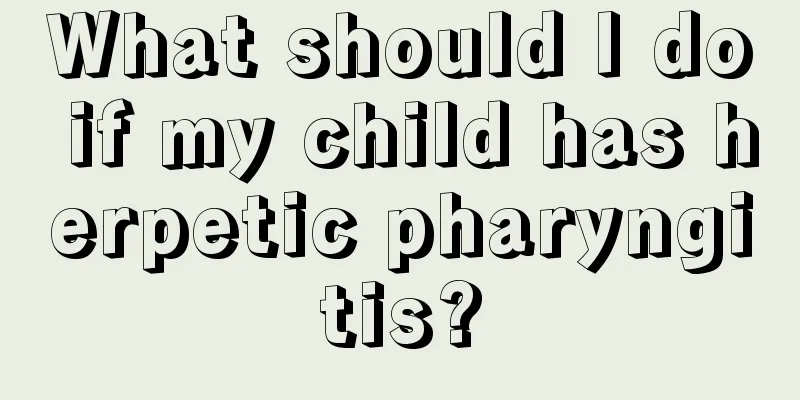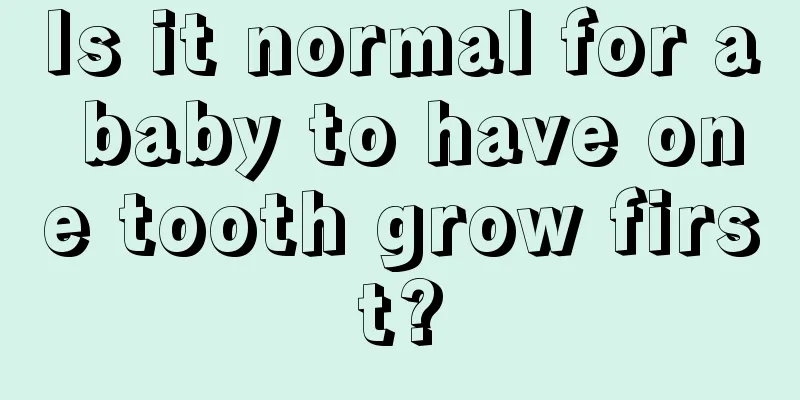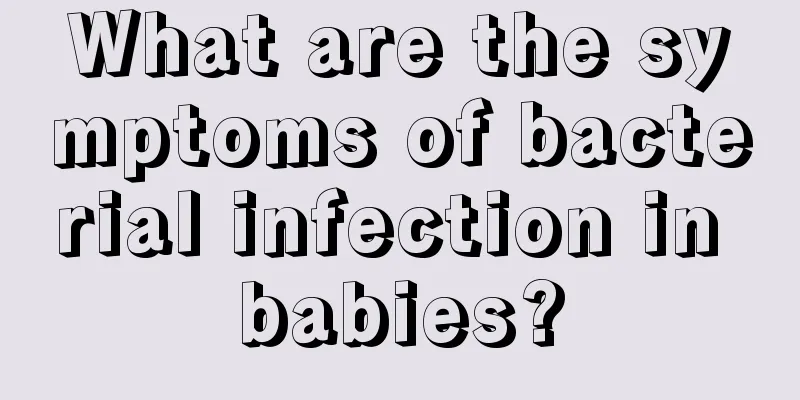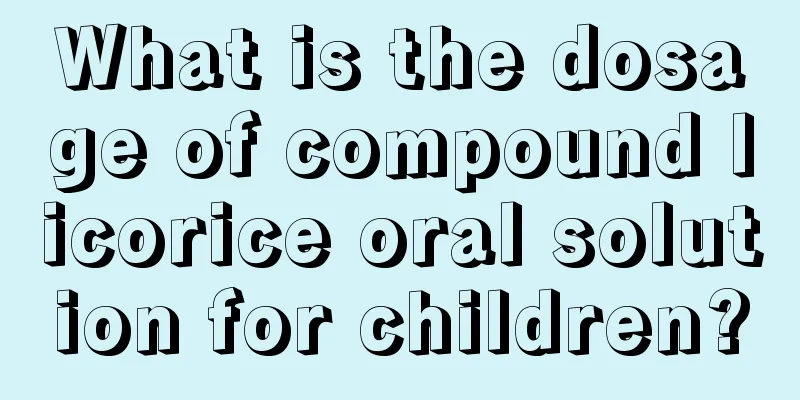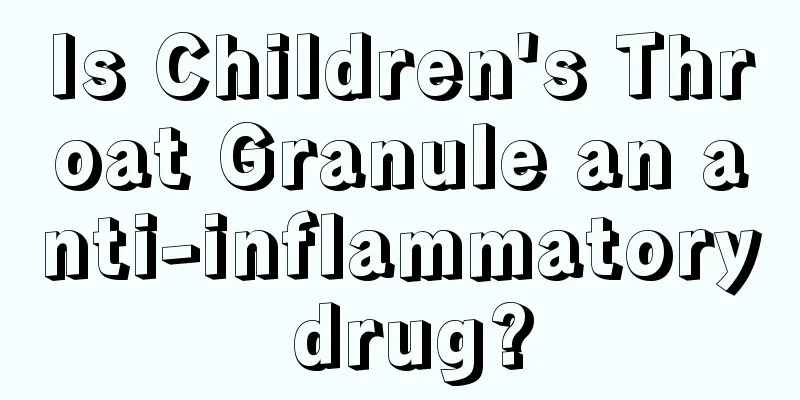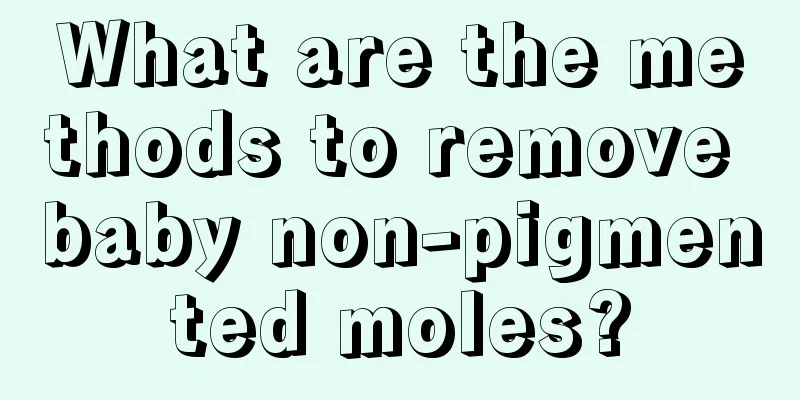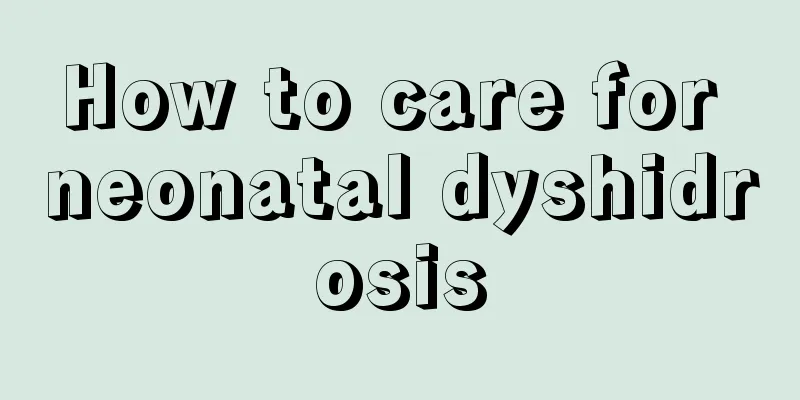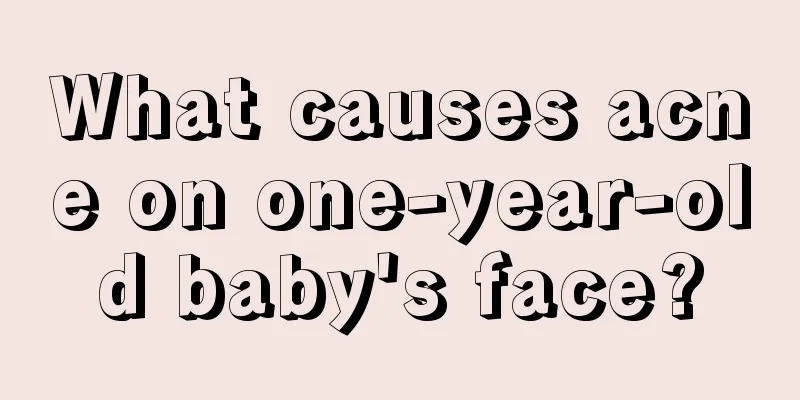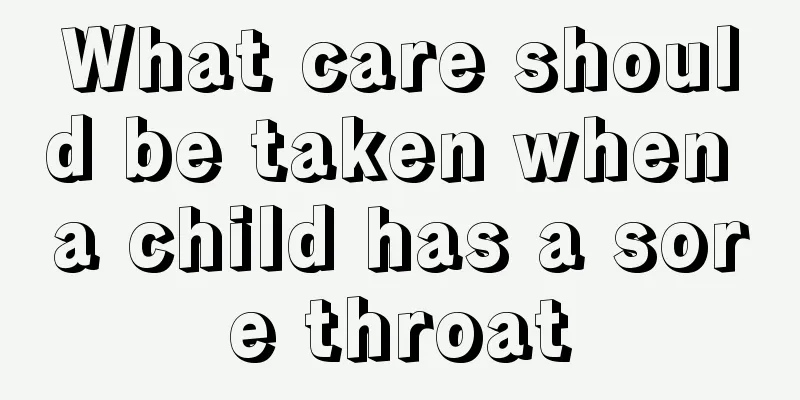What are the clinical manifestations of heart failure in infants and young children?
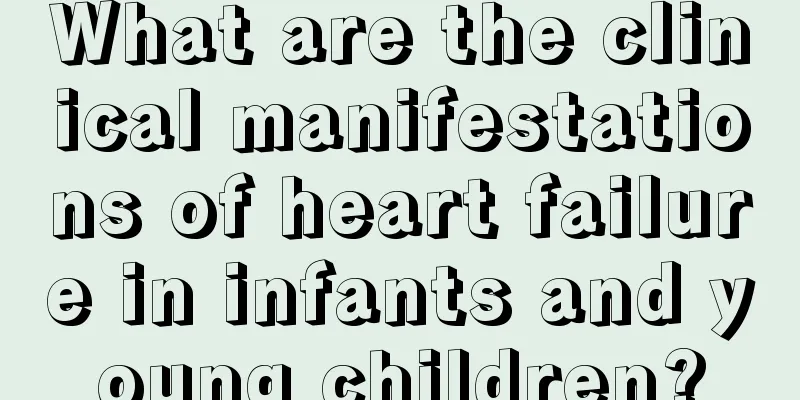
|
Infants and young children can also suffer from heart failure when they are very young. Children's heart failure is as difficult to treat and recover as adults. Many people receive conservative treatment for a long time. Heart failure in infants and young children has a great impact on children after it occurs. Many children suffer from congenital factors, and they will have many symptoms during the illness. So what are the clinical symptoms of heart failure in infants and young children? : : : : : : : : : : : : : : : 1. Symptoms in infancy and childhood Newborns often show specific symptoms such as drowsiness, apathy, fatigue, refusal to feed or vomiting. The symptoms of heart failure in infancy and childhood are often atypical, with an acute onset and rapid progression, which may present an explosive course. The child may suddenly develop breathing difficulties within a few minutes or even hours. When inhaling, the upper part of the sternum and the ribs are sunken, and the breathing becomes faster, often exceeding 60 times per minute, or even more than 100 times. At the same time, vomiting, irritability, sweating, pale or cyanotic complexion, cold limbs, rapid and weak pulse, tachycardia, possibly gallop rhythm, and dry rales in the lungs may occur, manifesting as acute congestive heart failure. If there are congenital cardiovascular malformations such as septal defects, it often presents as chronic congestive heart failure with a slower onset. The main symptoms are feeding difficulties. The child will experience breathing difficulties, fatigue and refusal to eat after sucking a small amount of milk, and will not gain weight. The baby is irritable and sweats a lot. He is willing to be held and lean on the adult's shoulder (this is a sign of orthopnea in infants). He also has difficulty breathing when quiet, and coughing is common. The baby cries weakly and sometimes hoarsely, which is caused by the compression of the left recurrent laryngeal nerve by the dilated pulmonary artery. The precordial area is prominent, the apical beat is enhanced, and the cardiac border is enlarged. The liver and spleen are enlarged, with blunt edges and tenderness. There are often no wet rales in the lungs or only wheezing sounds. There is no obvious jugular venous distension or edema, and the degree of edema can only be determined by observing weight gain. 2. Symptoms in older children The manifestations of heart failure in older children are similar to those in adults. Left heart failure: The main symptoms are caused by acute or chronic pulmonary congestion. Clinical manifestations include: 1. Dyspnea: It is often the earliest symptom, which is mild at first and only occurs after activity. The child has limited activity and is easily fatigued. Finally, it also occurs when resting, with rapid and shallow breathing. The main cause of dyspnea is the increased reflex stimulation of the respiratory center caused by congestion of blood in the lungs. Dyspnea often worsens when lying flat, so children like to sit and present orthopnea. When sitting, blood accumulates in the lower limbs and abdomen due to the influence of gravity, which reduces the amount of blood returning to the right ventricle, thus alleviating pulmonary congestion. In addition, when sitting, the diaphragm descends and the chest cavity is easier to expand. Paroxysmal nocturnal dyspnea is uncommon in children. ② Cough: It is caused by lung congestion and bronchial mucosal congestion and is a chronic dry cough. ③Hemoptysis: Hemoptysis may result in incomplete oxygenation of blood when passing through the pulmonary blood vessels. ④ Cyanosis, which is generally more severe, is caused by pulmonary congestion resulting in incomplete oxygenation of blood through the pulmonary blood vessels. ⑤ There may be wheezing or moist rales in the lungs. ⑥Acute pulmonary edema: caused by acute left heart failure, pulmonary congestion worsens sharply, and body fluid seeps out of the capillaries and accumulates in the alveoli. The children have extreme difficulty breathing, sit up to breathe, pale or cyanotic skin, cyanotic lips, cold limbs due to a sudden drop in cardiac output, a fast but weak or untouchable pulse, and occasionally alternating pulse, that is, one strong and one weak pulse. Their blood pressure drops, their tachycardia often has a gallop rhythm, and they have wheezes and moist rales in both lungs. The children cough frequently with bloody sputum, and in severe cases, a large amount of bloody foamy fluid gushes from the mouth and nostrils. Heart failure in infants and young children is a very serious disease, and such a disease must be controlled in time for the child's life to be reversed. If it is not controlled and treated in time, the child's disease will persist or even worsen, which will have a great impact on the child's physical and mental health. If the financial conditions permit, the child must be given surgical treatment in time to achieve better results. |
<<: Causes of moderate anemia in infants and young children
>>: Is it better to bathe a baby in the morning or at night?
Recommend
What are the symptoms of mild mental retardation?
Mental retardation is a synonym that no one likes...
What should I do if my newborn baby has sour and smelly stool?
After the baby is born, mothers should start to p...
What to do if children have dry cough
Coughing is very common. Although coughing will n...
Children's nasal congestion and cough treatment remedies
Parents are very concerned about the physical hea...
What should I do if my two-year-old baby has a cough and runny nose?
Two-year-old babies are relatively young and have...
Will the red birthmark on a newborn baby go away?
Many parents will be particularly worried when th...
Do middle school students and children with ADHD need treatment?
Speaking of ADHD in children, I believe many pare...
What to do if your child has fungal infection
Fungal infection is a relatively common disease, ...
What should I do if my child has enlarged inferior turbinate?
Many mothers are troubled by their children's...
What to do if children have wind-heat cold
Colds are common exogenous diseases in all season...
What are the hidden dangers of children's shoes? How to choose them safely?
As the saying goes, "Although the sparrow is...
Disadvantages of breastfeeding for more than two years old
The elders say that it is enough for babies to dr...
What should I do if my baby has acne on his chin?
The baby's body is very fragile, especially t...
What should I do if my child likes to bite his nails?
Children's nail biting is one of the most com...
What to do if your child has tuberculosis
When it comes to tuberculosis, many people will f...
